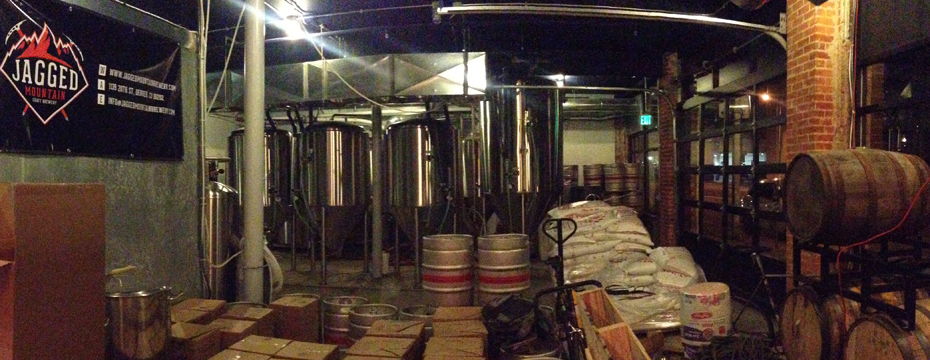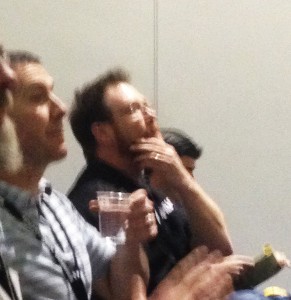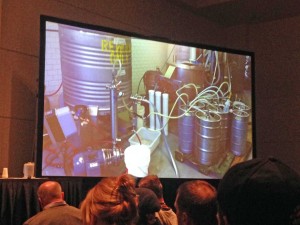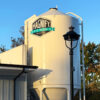At the Craft Brewers Convention in Denver last month, I had just sat through a presentation by a “beverage industry economist” who tried but could not find a weak link in the craft beer boom. Growing by 18% with an 8% market share of all beers bought in the US in 2013, things are still looking great. 20% of the US beer market by 2020? It’s really possible.
Over 400 breweries opened in 2013, and some 500 are in planning. Too many? Well, there are 7000 wineries in the country, why not 4000 breweries? After three days of talking about (and drinking) craft beer with dozens of brewers what really stood out to me was that so many breweries are finding success in so many different ways.
I talked with Bill Covaleski of Victory after that presentation by the economist, and his description of the success of the craft beer movement was perfect. “The race started and we all ran in different directions… We really don’t know how it happened. Some of us had a very hard time – the terrain was brutal, for others it was temperate and smooth.”
I asked him about a comment made that “the mid sized brewer has to grow” — he agreed – if only because the people on his team are motivated by it. “It’s hard to be the local beer in 38 states, so we have to work hard and keep moving forward. I have the team who will help me do it – and I want that – I don’t want to be surrounded by a bunch of satisfied ‘ass-clowns’.”
In contrast, talking to the Nano brewer Josh of “Verboten” – they look to expand too – but in a slower incremental way. Local roots, staying in their market, building their following. Maybe replacing one of their interns will another full time employee down the road.
And then there’s “Crooked Stave” who still hans’t brewed a batch in their own shiny new brewhouse in Denver – they continue to build their national reputation as collaborators and so called “gypsy brewers” – brewing their wild beers in other breweries.
It seemed that every brewer I talked to had different roots – from old established breweries that have slowly grown over the years like Ed Bennett’s “Boundary Bay” (won the “Alpha King Hoppiest Beer Award” at the GABF in 2006), to new craft breweries like Dallas’s “Community Beer Company” which started out of the gate running fast with a 20 barrel brew house a couple of years ago. Now they have exceeded capacity and can’t keep up with demand.
Even the presentations in the “how to start a brewery” track at the conference showed different approaches. Some of the smaller brewers took pride in building a lot of their own equipment – making it work is cramped spaces, while others swore by the “buy the best new equipment you can” theory.
We heard how some breweries hate “Distributors that make money off of the craft brewers product and then lock us into unfair contracts”. Then in another presentation a brewer stated: “I have a great relationship with my Distributor – they are my sales people and my logistics people. I couldn’t do it all on my own if I wanted to”.
What does the craft brewing community really have in common? Well, they certainly love beer, love serving their community and care about the quality of what they create. Some may be small and “a little off center” (as Sam Calagione might say) – while others are making 250 barrel batches every hour like the huge (in craft beer terms) New Belgium – but they do see themselves as all being in it together. They are in the race and all going in different directions – but they and beer appreciators like us are all winning.










